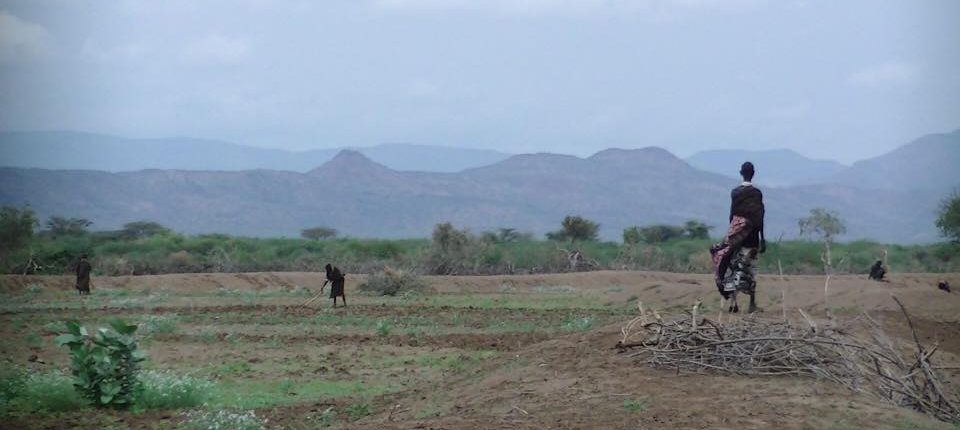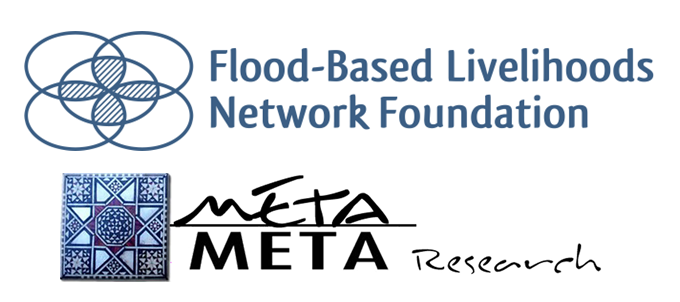

Flood plains in Africa, estimated to measure close to 20 million hectares, present one of the largest opportunities to contribute to food security and rural economic growth. Yet until recently floodplains were given very little attention in agricultural development in Africa and –different from Asia- the techniques for exploiting these highly fertile plains through small water management measures have been untapped. One such ‘low hanging fruit’ technique is the manual development of low cost shallow tube wells. This presents one of the largest potentials. In most flood plains groundwater is very shallow and easy to access. It is sustainable because of the constant recharge from the floods. Manually developed shallow tubewells are not yet common but they are superior to for instance dugwells that are common in some, but not all, flood plains. Shallow tubewells can access groundwater at larger depth, are cheaper to make and less prone to collapse. We believe that this technique can make a large difference for small holder farmers in a substantial part of the flood plains in Africa.
Under the Flood Wells project shallow tubewells will be promoted and developed. This will be done in selected high promise areas in Ethiopia. The designs of the shallow tubewells will be modified so as to make them appropriate for the temporary inundated conditions of flood plains. Tubewell development teams will be trained and the performance and experiences will be carefully monitored, so as to finetune the package. Under the Flood Wells project the program will next be introduced in Ghana, Mozambique and Zambia and from thereon in other countries.
With support of the Partners for Water program the project is implemented by the Spate Irrigation Network, Practica Foundation, MetaMeta and UNESCO-IHE. For queries and possibility for cooperation please contact: schevalking@metameta.nl
This project has been completed on the 31st of January 2015. The final report will be uploaded soon.
Documents:
- Groundwater use in flood plains – presentation of Berry van den Pol (PRACTICA Foundation).
See also the webinar #19: Rainfed Agriculture and Flood Based Farming. - Flood Wells in Ethiopia Pilot Report
B. van den Pol and R. Vuik, 2014 - Brochure Flood Wells
- Ethiopia’s shallow groundwater sources (poster)
where are they and how can they be exploited - Accessing the potential for poverty reduction through investments in agricultural water management
G. Santini, L. Pelster and J. M. Faurès, 2012 - Manual drilling investment opportunity in Ethiopia
E. Weight, R. Yoder and A. Keller, 2011 - Lessons learned in the development of smallholder private irrigation for high value crops in West Africa
S. Abric, M. Sonou, B. Augeard, F. Onimus, D. Durlin, A. Soumaila and F. Gadelle, 2011 - Overview paper: Flood bases farming practices in Ethiopia
S. Nederveen, A. Mengistu and F.van Steenbergen, 2011 - Interview Format for Shallow Tube Wells in Flood Plain Areas
